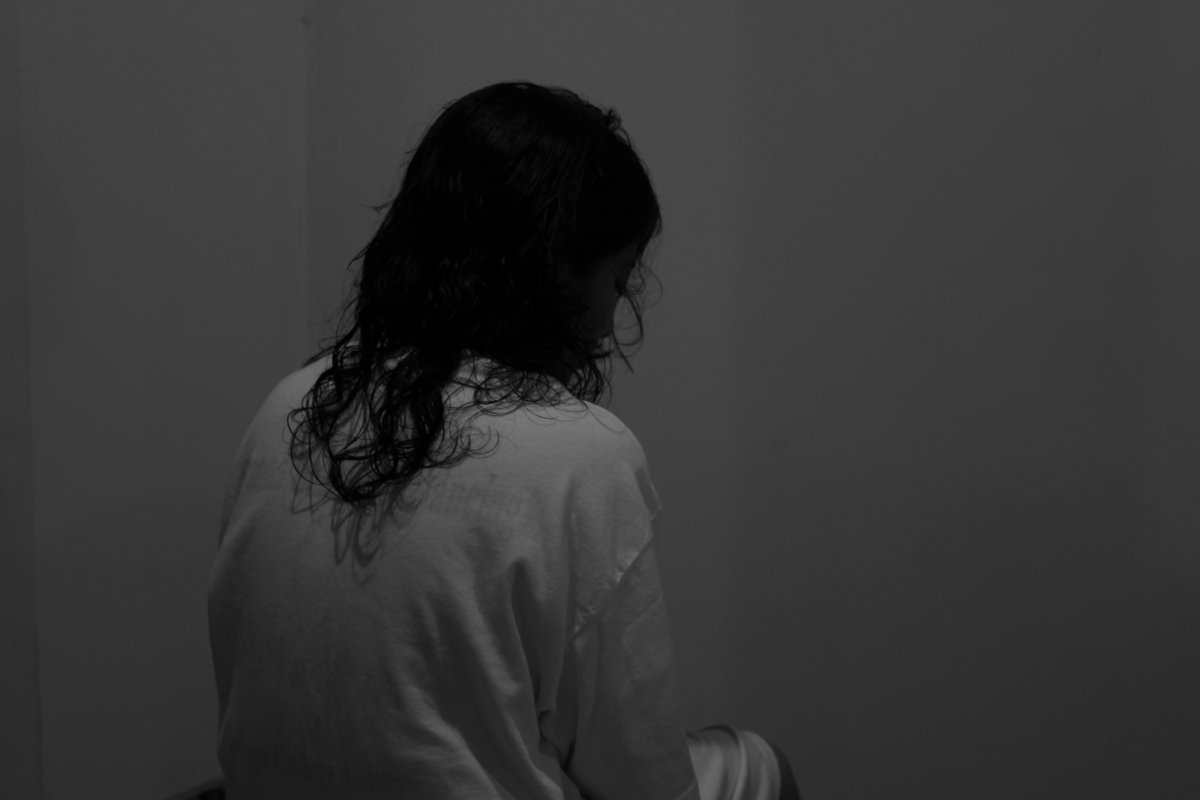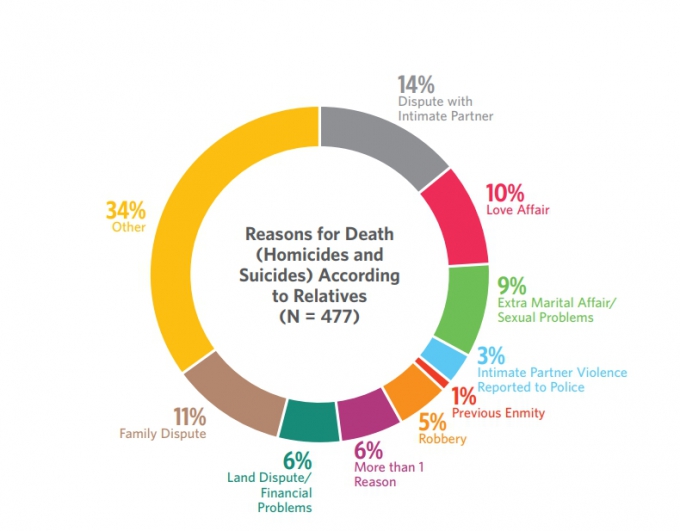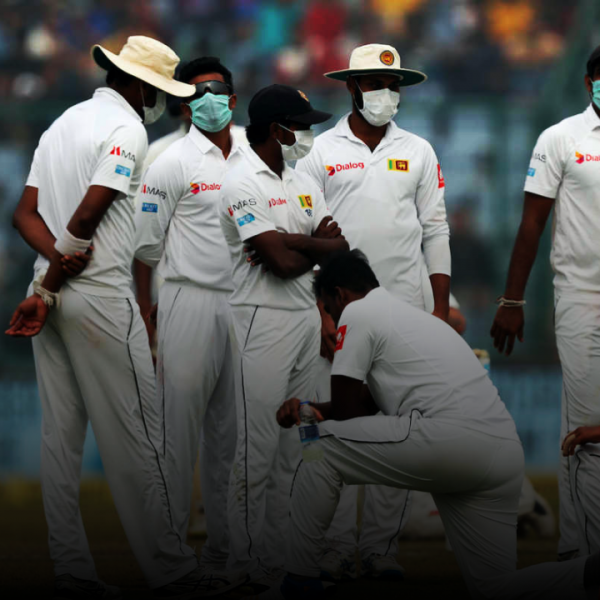
Sri Lanka is now recognised as a middle-income country. According to the United Nations Population Fund (UNFPA), this should ideally indicate a downward trend in violence. However, studies have proven otherwise—the number one cause for hospitalisation is physical trauma.
In this article, Roar Media will break down a study published by the UNFPA about unnatural deaths among women and girls in Sri Lanka, and what can be done to prevent it.
Hailed as the first study of its kind in Sri Lanka, the report, conducted over a two year period, highlighted the prevalence of gender based violence. The UNFPA commissioned a team of researchers from the University of Kelaniya to undertake the study.
Definition, And Data
An unnatural death is defined as a death which does not occur due to disease or old age. It is a result of an external factor, like injury, trauma, or even poisoning.
In December 2015, the UNFPA commissioned a national study into the subject to examine the type, injury, and patterns of deaths of women and girls in the country. The study also aimed to provide policy guidelines related to addressing problems associated with the investigations and judicial process of these deaths.
According to the study, the majority of women who died due to unnatural causes were between 25 and 60 years old.
A total of 729 deaths were studied.

Graphic credit UNFPA.
There were three main causes for these deaths; accidents (234), suicides (252), and homicides (243).
It revealed that over a third of female deaths were a result of ‘intimate partner violence’ (IPV), which included disputes, love affairs, and extra-marital affairs. Of these, only 3% were reported to the police.
IPV accounted for a large number of homicides and suicides: 39% and 35% respectively. The study revealed that in one out of every five cases of female homicide was due to IPV, with the husband or partner also committing suicide afterwards.
Of the homicides, 36% were committed by the husband, beau, or a former lover, while 21% of them were by blood relatives. Around 5% of the deaths were due to robberies.
A breakdown of the causes of death are as follows:
- Accidents: 60% road accidents, 11% drowning, 11% burns.
- Suicide: 43% poisoning, 40% hanging, 9% burns.
- Homicides: 40% sharp force trauma, 22% neck compression, 21% blunt force trauma.
Investigation And Judicial Processes
“It’s been five years now but still they haven’t given any punishment to the perpetrator. I come to the police every month. They have been saying the file is at the Attorney General’s Department.” – Man whose wife, and 12 year old daughter were murdered during a robbery.
The three year study highlighted that in 80% of the cases, preliminary forensic investigations and police investigations were completed in 24 hours. However, only 30% of the cases had reached the High Court by the end of the study.
The judicial process is slow, with only 27 cases out of 243 which were studied, making it to the High Court.
Many interviewees expressed dissatisfaction at the pace of the proceedings, and how they were conducted.
Testimonials of the victims’ family members, claimed that the perpetrators roamed free while the court proceedings went on. Others were released on bail. They expressed despair at how slowly the judicial process moved.
What Should Be Done?
Prevention:

Educating people about gender based violence and empowering women is a start. Image credit Beyond Borders/ Megara Tegal.
Addressing the reasons for the deaths, and reducing the chances of it taking place is one recommendation.
- One out of three homicides and suicides were a result of bad relationships. If there were proper mechanisms in place for counselling, support, and legal aid, it would help women reach out.
- Most of the deaths occurred due to road accidents. These deaths could easily be prevented if road safety was ensured and strict traffic regulations are in place.
- Empowering women, educating children and families about gender based violence, life skills, and sexual and reproductive health and relationships are essential.
Improving Investigation Systems And Establishing An Efficient Court System:
Recommendations from the report suggested establishing better coordination between all stakeholders involved in the investigation: this includes the police, forensic experts, and officials appointed by the Ministry of Justice.
It also stressed on having a better, more updated record-keeping system, and to have basic guidelines in place on how to proceed with investigations.
Additionally, several laws need reform, especially those concerning the Criminal Procedure Code and the Witness-Victim Protection Act.
Professor Anuruddhi Edirisinghe, the principle investigator of the study, stated that the results here indicated that the “system has failed to keep women safe”.
The study, along with a policy brief on how the media could report deaths in a more ethical manner, can be found on the UNFPA website.
Cover image courtesy: Beyond Borders








